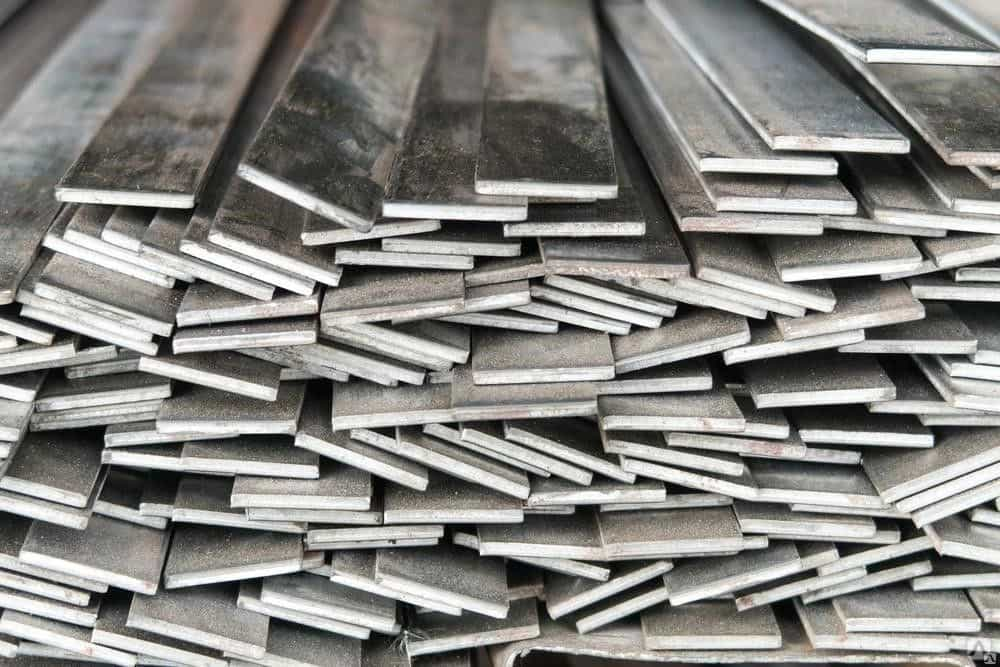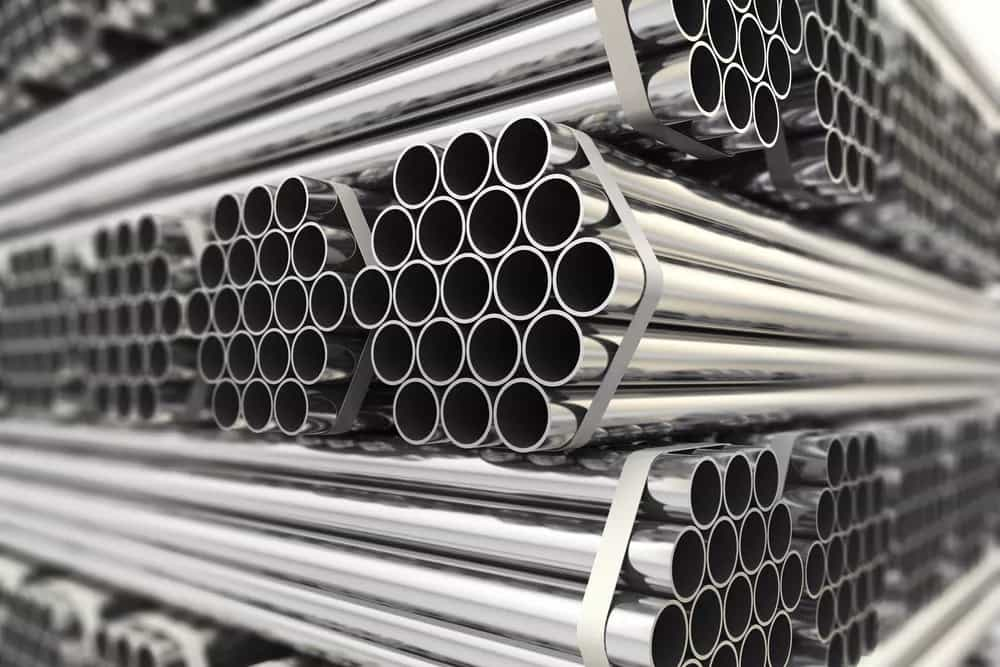The global need for steel is increasing day by day. Because their alloys are stable and inexpensive to produce.
As such, they are suitable for use in many industries, including construction. The growth of global demand for steel has driven it to grow increasingly. Structural steel is widely used in the construction industry due to its special properties and low cost.
Different alloys of construction steel are more robust than many other construction materials and one of the most widely used materials in the construction industry is a variety of structural steel. What is steel made of? Iron as the main element of steel is one of the most abundant elements of the earth’s crust.

Most steel alloys are made up primarily of iron and some carbon. Within this range, the joining of carbon molecules to iron molecules forms a strong molecular structure. The resulting molecular network microstructures provide the realization of some material properties such as strength and hardness, which we depend on to obtain the steel.
Carbon and iron are the two main elements of all steel and molds, but the percentage of other elements such as nickel, molybdenum, manganese, titanium, boron, cobalt or vanadium in the production of different kinds of steel is different. In addition, different elements are used in the steel industry and different types of finished products.
Methods and guidelines for the construction and maintenance of steel may affect the steel capabilities such as elasticity and hardness. A group of chromium-containing steel alloys is usually known as stainless steel. The process of acetylation is made in the main form of steel production, carbon and iron mixed steel at very high temperatures (over 2600 degrees Fahrenheit).
For the production of pure steel, the raw material enters the production line such as lime, coke and iron ore must be converted into iron.
The process of converting raw material into pure steel is long but can be simplified into six steps. Iron making in the production of pure steel, all material such as lime, coke and iron ore is placed in the blast furnace and melts to produce what is called hot metal or molten iron.
There are still many impurities in iron at this stage and they should be removed to ensure the metal is not brittle.
Primary steel: Molten metal is injected with waste to remove impurities. Oxygen also passes through the furnace, eliminating large amounts of carbon and other impurities. For electric ovens, the same effect can be obtained by passing electricity through the stove.

After we complete this process, we have raw steel. Secondary production stage: Application of different grades in the production of steel for specific purposes. Rating is based on elements that are still present in the metal. To make high quality steel, a large amount of carbon should be removed and aluminum is the replacement of carbon removed for the construction of high quality steel.
To make structural steel, more carbon remains in steel, giving greater tensile strength to steel. Certain techniques can be used to change the levels of residual impurities, such as increasing the temperature of movement or falling, eliminating the Ldl injection of gas by the end of the process and the correct product, the next step can be started.
Continuous casting: In the next step, the steel will be cast to the mold of the cooling. This allows the steel to be hardened. Then the steel is drawn out of the mold while it is still hot. Use the guide rollers to pull it out, then take the steel to the desired length. steel can be shaped into various beams, shovels, slabs, or other shapes.
When the parts are completely cooled, they are sent to another place for necessary production. Primary forging: During this stage of production process, non-couple casting is formed in various forms through a process called hot rolling; shape defects are removed and the quality of the desired steel is produced.
This part can be used to make seamless tubes, long beds and all kinds of customized items. Secondary forming: There are several secondary techniques that can be used to create the final shape of the steel, including: Heat treatment of the coating in the pressure drilling processing fence.

Conclusion: All the information mentioned above, provide to buyers who want to know and buy Limonite and with professional and innovative thoughts, willing and eager attitudes. Our vision is to be the standard for customized products and quality services so that we can create a good brand image of our company in the national and international market with competitive price and cheap transportation services.
We are eager to do what we do and strive to meet the needs of our customers by providing quality products and services. And don’t hesitate to question our support team. For more information please visit our site.



